World Fine Art Professionals and their Key-Pieces, 307 - Nettie Bromberg
World Fine Art Professionals and their Key-Pieces, 307 – Nettie Bromberg
Nettie Bromberg has created an impressive oeuvre of watercolors, drawings and paintings during her eventful life. She made portraits of people close to her, including in Jewish history and culture. She did this in her own style and technique.
In addition to about a hundred portraits and other works in private collection, she has left an impressive oeuvre of more than 200 oil and emulsion paintings, 200 watercolors and 300 drawings.
Exhibits
Nettie Bromberg took part in the exhibitions ‘The gray of the pencil’ in Weert’ and ‘Artists of the Voer region’ in Sint-Martens-Voeren, Belgium. A large portrait she painted of Janusz Korczak has been given a permanent place in the exhibition space of the kibbutz of ex-ghetto fighters, Lochamei Hagetaot near Haifa in Israel.
She also had one-man exhibitions in Kriterion, Amsterdam (1952), at the Polak & Schwarz firm, Hilversum (1954), in the Anne Frankhuis in Amsterdam (1961), in the Cultural Center of the Liberal Jewish Community in Amsterdam (twice, 1976 and 1982) and at AKZO, Arnhem (after 1981).
Amsterdam
Nettie Bromberg was born on July 20, 1920 in the Dufaystraat, near the Concertgebouw, in Amsterdam. She was the only daughter from the marriage of Paul Bromberg and Constance Metz. A few years later, a little brother was also added, Paul junior.
Following her father, Nettie wanted to become an interior designer. After obtaining her high school (HBS-B) diploma, she received private lessons in drawing and painting. Among others from Paul Citroen. At sixteen she was told by him that she had to develop herself further. “Whatever I can do, she can do too”, Citroen said to her father. Mou van Dantzig, an important art connoisseur in his time, taught her the techniques of painting. Hans Jaffé, the curator of the Stedelijk Museum in Amsterdam, initiated Nettie into art history. Nettie also went to the Nieuwe Kunstschool in Amsterdam.
Simultaneously she worked at the Architects Office A. Kramer, Amsterdam, from 1938-1939 and at that of her father, Paul Bromberg, from 1939-1942.
War
During the war, the Jewish Bromberg family fell apart. Nettie was in the resistance and worked as a courier for a communist cell until it became too dangerous and she had to go into hiding. She was betrayed but was able to escape deportation thanks to aid and survived the war. Her parents and her brother Paul also escaped deportation.
After the resistance work and the period in hiding (at 26 addresses), Nettie decided in 1945 to work exclusively as a painter. Her father delivered the first assignments. Lots of wall decorations and paintings. In 1945, she received the Gerrit van der Veen medal for her contribution to the Art in Freedom exhibition. With the painting of a lonely man in an empty world – the fate of many Jews after the war. The great injustice of the Second World War, racial hatred and injustice in other times were an important theme in her work.
Limburg
Bromberg lived and worked in Amsterdam, a year in Maastricht in 1954 and spent the rest of her life in Eijsden. In 1950 she was married to Huub Steijns from Eijsden, a leader of the Limburg labor movement. Nettie focused on her work without much concern for fame and recognition.
The most important element in her work was the human face. Her portraits bring the portrayed personalities to life in a striking way. She fully immersed herself in their world of thoughts. She struggled through all his works for a portrait of Einstein. Her first portrait of the physicist was proclaimed ‘painting of the week’ in the Stedelijk Museum in Amsterdam around 1947.
Nettie was deeply moved by the suffering in the world and expressed it in a poignant way. Nettie was very socially committed. She followed the Jewish-Arab wars with tension. She was progressive in her political views. She condemned fundamentalism on both the Jewish and the Arab side. The Palestinian problem should be solved in concert. Violence should be renounced.
Her attitude to life was strongly influenced by the philosophy of Spinoza and his follower Constantin Brunner.
Israel
At the age of forty-one, Nettie visited Israel with Huub. It was a liberation for her to experience that in Israel she did not stand out because of her appearance. She thought vaguely about emigrating but did not want to do that to Huub.
The city of Jerusalem fascinated her and she made numerous drawings and watercolors of the Eternal City. Initially from the hills on the south side of the city, later from the east side, from the Mount of Olives. She also felt inspired by the desert that she drew and painted from the city of Eilat. The desert also served as the backdrop for painted portraits of Jewish visionary figures such as Moses, Spinoza, Einstein, and others. Bare rocks of the Negev also form the meaningful background in many portraits.
She passed away on June 17, 1990, at the age of seventy. She was buried on the Mount ter Ruste in her beloved Jerusalem. Nettie Bromberg wanted her artistic legacy to find a place in the art museum, Mishkan LeOmanoet, in Ein Harod. And that happened, a few months after her death.
Images
1) View of Jerusalem, Watercolor, 1972, 2) Paultje, Pastel, c. 1932), 3) View from a holiday home (Oil paint; c. 1959), 4) Paul Bromberg and Constance Metz, 5) self-portrait, 6) Posthumous portrait van Huub (Oil on canvas; 1990), 7) Spinoza (Oil on canvas; 1976), 8) View of Ein Karem (Watercolor, 1982), 9) Old Jewish man with beard (Oil on canvas; 1989), 10) atelier Nettie Bromberg with portrait of Einstein in the making.
https://www.nettiebromberg.nl/nl/
https://www.facebook.com/nettiebromberg/
https://www.joodsvirtueelmuseum.nl/kunstenaar/nettie-bromberg/
https://museums.gov.il/en/museums/pages/ein-harod.aspx
https://ifthenisnow.eu/nl/personen/nettie-bromberg
Disclaimer: The views, opinions and positions expressed within this guest article are those of the author Walter van Teeffelen alone and do not represent those of the Marbella Marbella website. The accuracy, completeness and validity of any statements made within this article are not guaranteed. We accept no liability for any errors, omissions or representations. The copyright of this content belongs to Walter van Teeffelen and any liability with regards to infringement of intellectual property rights remains with the author.

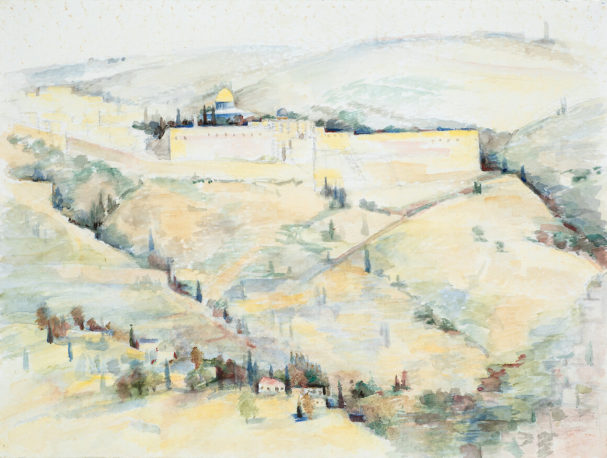
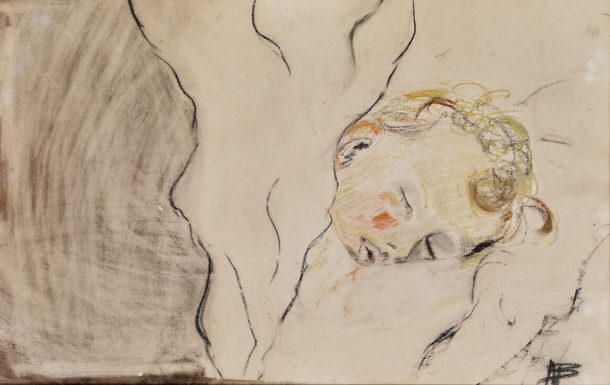
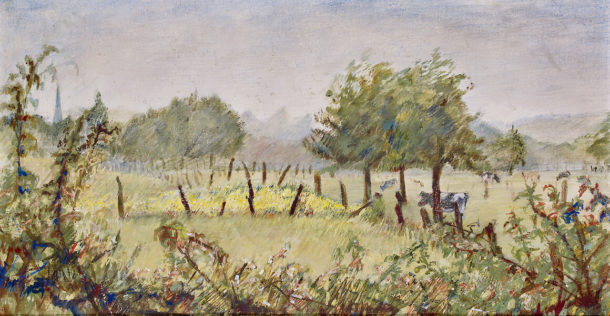
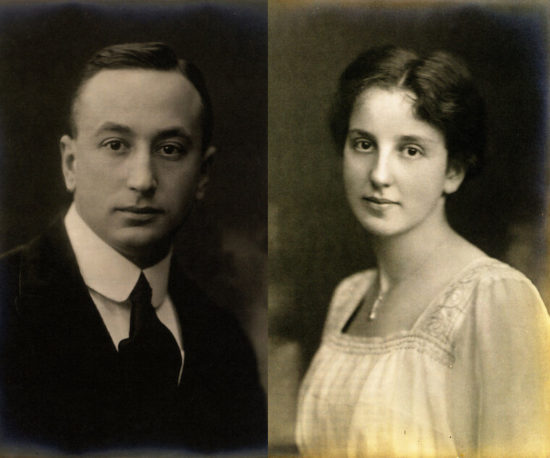


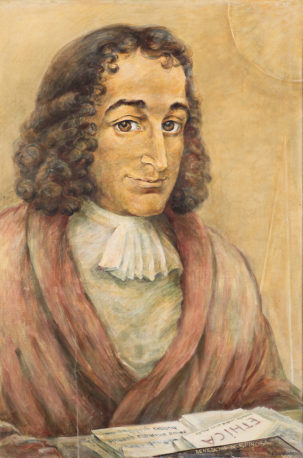
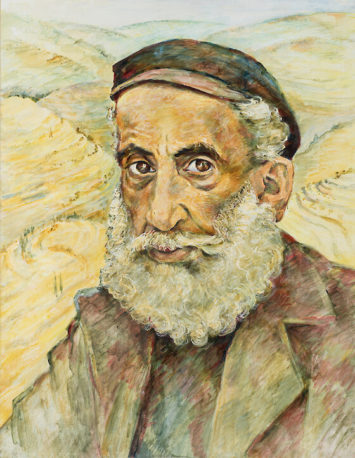
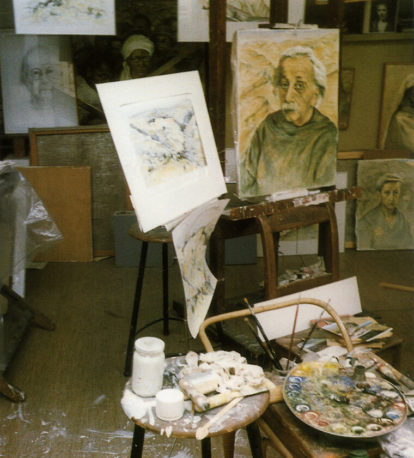














The opinions expressed by individual commentators and contributors do not necessarily constitute this website's position on the particular topic.